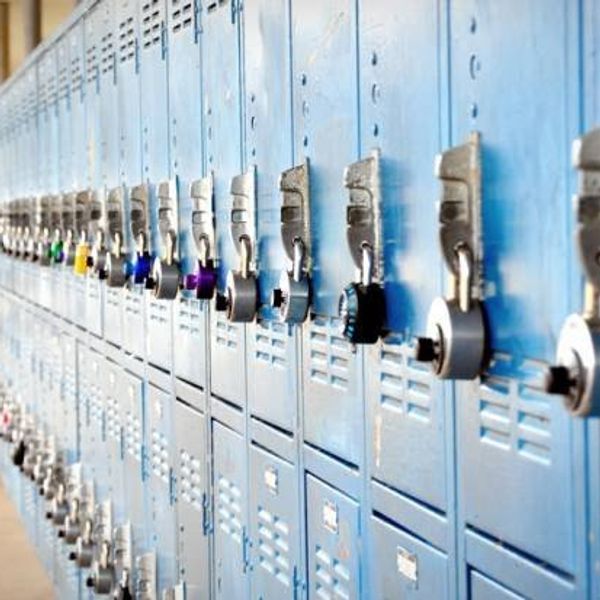The pressures to attend college are becoming greater and greater. High school students are focused on building their resumes, taking the SATs, and writing college essays instead of enjoying their adolescence and everything that high school has to offer. Parents are putting pressure on these kids to get scholarships and to pick majors and the pressure doesn’t stop once these adolescents get in. Whether intended or not, this added stress could have devastating effects on an adolescent in more ways than one.
Students are coming home exhausted and burnt out. During adolescence, the suggested amount of sleep is roughly eight hours. Student athletes are up at the crack of dawn preparing for their long day ahead consisting of school, practice, and homework. They have no downtime and most likely lack the proper sleep they need. Several investigations performed in the United States have found that adolescents are reporting that they receive fewer than seven hours of sleep a night. The conclusions of these studies were that those who receive less sleep suffer academically and have a very poor level of mental health As this study suggests, student athletes suffer academically. Many schools, especially high schools, and colleges, require a minimum grade point average to be eligible to participate in activities such as sports. If students are required to maintain a certain grade point average to remain eligible why is it that they could possibly be slipping when it comes to grades? These students are becoming drained, they are doing the bare minimum when it comes to academics.
College students, specifically athletes, face many obstacles to remain active members of their campus community: keeping their academics up, maintaining their physical health and attending all workouts, practices, and club meetings. Unfortunately, the student’s mental health is not really seen as a priority. The National Collegiate Athletic Association published an article in 2004 in hopes to illuminate this subject a bit more. This article tells the story of Nathan Eisert, an NCAA Division I basketball player, during his two years at Western Kentucky University. Nathan had a phenomenal first year until he was injured. After his injury, his playing time was cut and he fell into a depression, which went undiagnosed and untreated. He was soon cut from the team and a few weeks later he was found dead in his dorm room. The cause of death was a self-inflicted gunshot wound. Nathan’s story goes to show that in athletics play and integral part of a student’s life, however, if not monitored these athletics can lead students into a downward spiral. The pressures of playing athletics while being a full time student are enormous and at points universities feel that these adolescents are athletes first.
Today’s generations of adolescents are becoming more susceptible to the dangers regarding physical and mental health by becoming a student. Coaches are pushing athletes above and beyond the limits that their bodies are set to both physically and mentally. Whether these stressors are coming from parents, coaches or themselves they are still prevalent and taking a huge toll on the adolescent. The effects of being a student-athlete can greatly affect their growth as an adolescent as well as last long into adulthood. In high school and especially college athletics are of the utmost importance and in many cases taken more seriously than academics themselves, the main reason you attend school. It is said in their title: student athlete. These adolescents are students first and their grades should be a bigger priority than their extracurricular sports. It is understood that playing sports in high school can potentially get a student into a great college on a scholarship but in college when does just enough become too much.





















